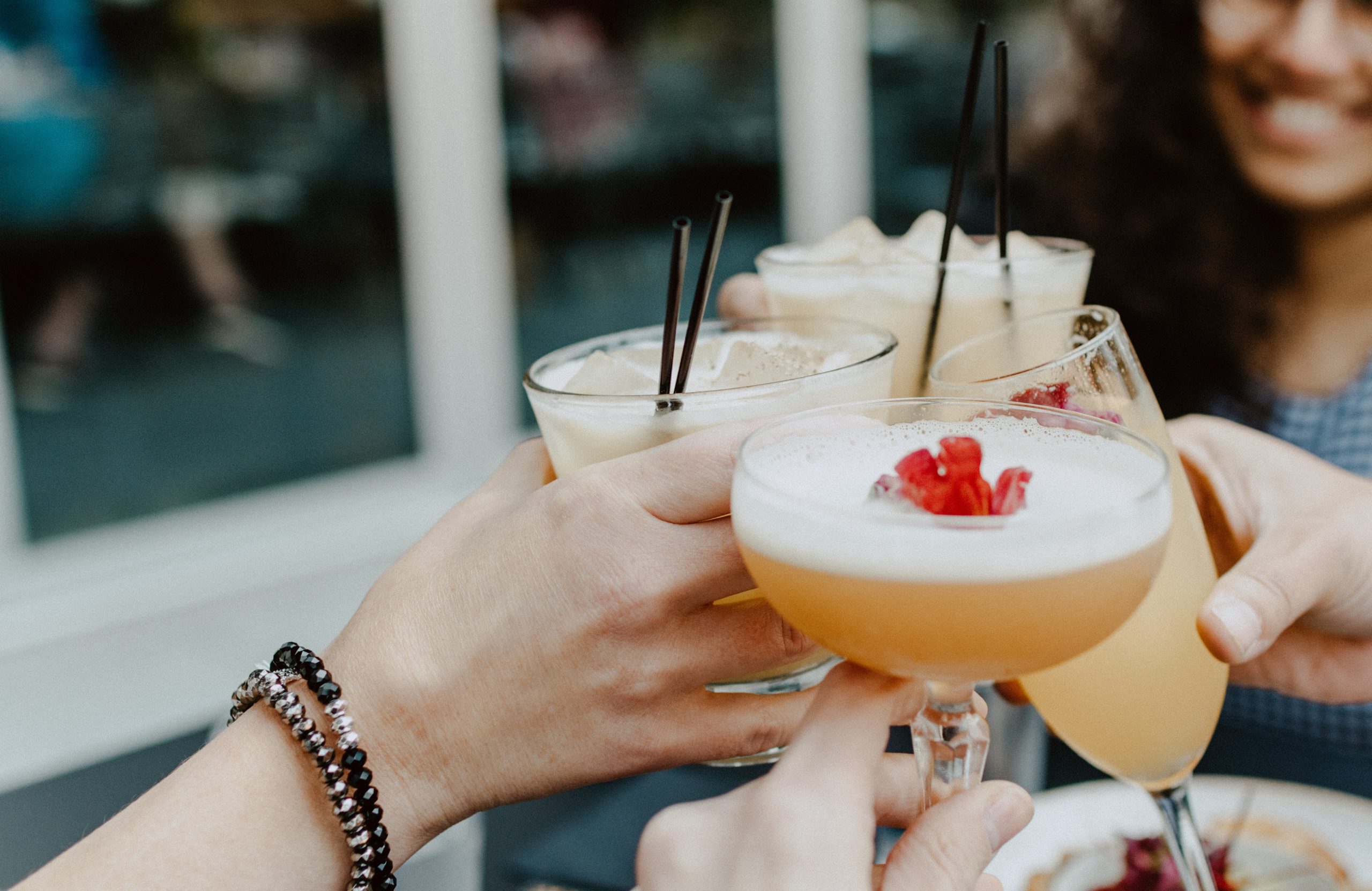Dr Callie Seaman is a leading cannabis scientist. Melanie Sykes met her through her ambassador role for medical cannabis education platform Medcan, where Dr Seaman is Executive Director and Scientific Lead.
An honorary researcher at Sheffield Hallam University, Dr Seaman is Director of Aqualabs and Hempire, specialising in cannabis cultivation and secondary metabolite production.
Callie – tell us about your background and when you first realised cannabis was a medicine.
Dr Callie Seaman: I first discovered it during my teens. At 15 I was diagnosed with epilepsy and was quickly put on to the drug Carbamazepine. My grades started to suffer and I went from straight As to Cs and Ds. Halfway through my A-Levels, I was weaned off it when my grades increased dramatically. My father introduced me to Cannabis and always made sure I had a supply to help keep my seizures at bay.
I have been working in the hydroponic industry for nearly 20 years. After doing a degree in Biomedical sciences and working for GlaxoSmithKline as part of my placement I realised this was not for me. After spending a year there, I didn’t want to work for a big pharmaceutical company. I went on to do a PhD in fertiliser chemistry at Sheffield Hallam University, completing in 2017. I started my own Aqua Laboratories, a liquid fertiliser manufacture and consultancy business. I now have licenced cultivation facilities in the UK and internationally, helping increase yields and set up research programs around secondary metabolite production in Cannabis.
Is there a difference between cannabis and medical cannabis? If so, could you explain it to us?
Dr Callie Seaman: I think the best terminology would be prescription cannabis rather than medical cannabis. Any cannabis product used for well-being is medicinal. Prescription cannabis is prescribed by a doctor and is classified as legal. It is usually grown in GMP (good manufacturing practise) facilities and undergoes regular testing and standardisation to ensure a constituent product is produced.
Often the prescription products have experienced some sterilisation to ensure no microbes such as e-coli or salmonella are present. The product is also often oil or a pre-ground flower, which ensure homogeneity of the product.
Products like this can be viewed as lower quality in terms of terpene and cannabinoid profiles due to the extensive processing required to meet the standards of the governing body.
Are there many Cannabis scientists in the UK and how do you study to become one?
Dr Callie Seaman: Currently no – but they are increasing. A lot of what I have learnt about cannabis has been through my experience working in the hydroponic industry. I learnt analytical skills and research techniques from my degree and PhD, but all my cannabis knowledge has been through self-teaching and experience.
Do you study a specific part of the plant?
Dr Callie Seaman: I am a trichome lover and geek. These are the tiny little hair-like structures found on the plant’s leaves and flowers and is where the cannabinoids and terpenes are produced. But the whole plant interests me; just like humans, every part works to help another.

Could you tell us about the medical cannabis that is licensed in the UK, and is it available on the NHS?
Dr Callie Seaman: Currently, the vast majority of prescriptions are private and are very expensive. There is only a handful on the NHS. The issue is approval from the Medicines and Healthcare Products Regulatory Agency (MHRA), with the vast majority of products coming under a special licence.
Prescribed medical cannabis products can be in several forms. It can be a full-plant extract containing an array of compounds, including terpenes, flavonoids, fatty acids, and multiple cannabinoids.
One of the other forms of isolates is a single compound that has been either extracted and refined or synthesised in a lab. From a research and prescribing perspective, the isolates are much easier to work with and are much more black and white.
However, these are not as effective as a full-plant extract, and often a much higher concentration of the isolate is required to have the same effects as the full plant extract. This is due to the entourage effect, where the compounds work together to produce a much more profound impact on the patient and can often counteract side effects.
Currently, the NHS prescribes products such as Sativex (CDB and THC formulation from isolate, referred to as broad-spectrum), Epidiolex (CBD isolate) and Nabilone (synthetic THC)
What barriers have you personally come across in getting access to medical cannabis, and how do you see this changing?
Dr Callie Seaman: Cost is the biggest, as the sector currently is private, you have to pay for appointments as well as prescriptions.
I was also asked if I had taken at least three other medications and considered brain surgery before they would consider prescribing cannabis. Why is cannabis seen as the last resort?
I also had to see a specialist have a prescription written.
Hopefully, as more doctors and specialists become more educated on the topic and increase confidence in this medicine, there will be an increase in the number of prescriptions written. This will increase the product’s availability and a domestic supply can be created. Currently, all prescriptions are imported. Mine came from Australia!
What would happen to your health if you were denied medical cannabis?
Dr Callie Seaman: My sleep would decrease, my anxiety would increase and my seizures would increase. Seizures can be fatal.
Who are the pioneers within the medical cannabis sector?
Dr Callie Seaman: Raphael Mechoulam is an Israeli scientist who first isolated THC and is responsible for many of the scientific advances in the cannabis industry regarding it becoming a medicine.
How do you think we can end the stigma and get medical cannabis taken seriously?
Dr Callie Seaman: We need to increase education, provide data-supported information to everyone, particularly health care workers, teachers, university lectures and everyone.
More of us also need to share our stories of how it has helped us, which I hope to do to show that those of us who consume cannabis are not wasters or lazy, bad people. We are successful business owners, mothers, scientists, everyday people, who choose to use a plant to treat our ailments or to relax.
We all need to stand up and talk more about this amazing plant to the younger generation without using propaganda to scare them into thinking you’ll be hooked after one puff. We also need to stop saying that cannabis cause’s psychosis. Many other prescription drugs do too, but we don’t talk about that. Yes, if a patient is predisposed to psychosis cannabis may not be the best option, but cannabis alone is not the single cause.
Who is your hero or heroine in the cannabis world?
Dr Callie Seaman: Hannah Deacon campaigns tirelessly for families like hers with children with refractory epilepsy for access to CBMP.
Follow Dr Callie Seaman on Instagram – @dr.callieseaman
Learn more here.
Interview by Tamsin Locise, of Taima Blends.
Glossary:
Secondary metabolites (SMs) are small organic molecules produced by an organism that are not essential for their growth, development and reproduction.
Trichomes (/ˈtraɪkoʊmz/ or /ˈtrɪkoʊmz/), from the Greek τρίχωμα (trichōma) meaning “hair”, are fine outgrowths or appendages on plants, algae, lichens, and certain protists.
Terpenes are aromatic compounds found in many plants.
Flavonoids are a diverse group of phytonutrients (plant chemicals) found in almost all fruits and vegetables.
Cannabinoids are naturally occurring compounds found in the Cannabis Sativa plant.







